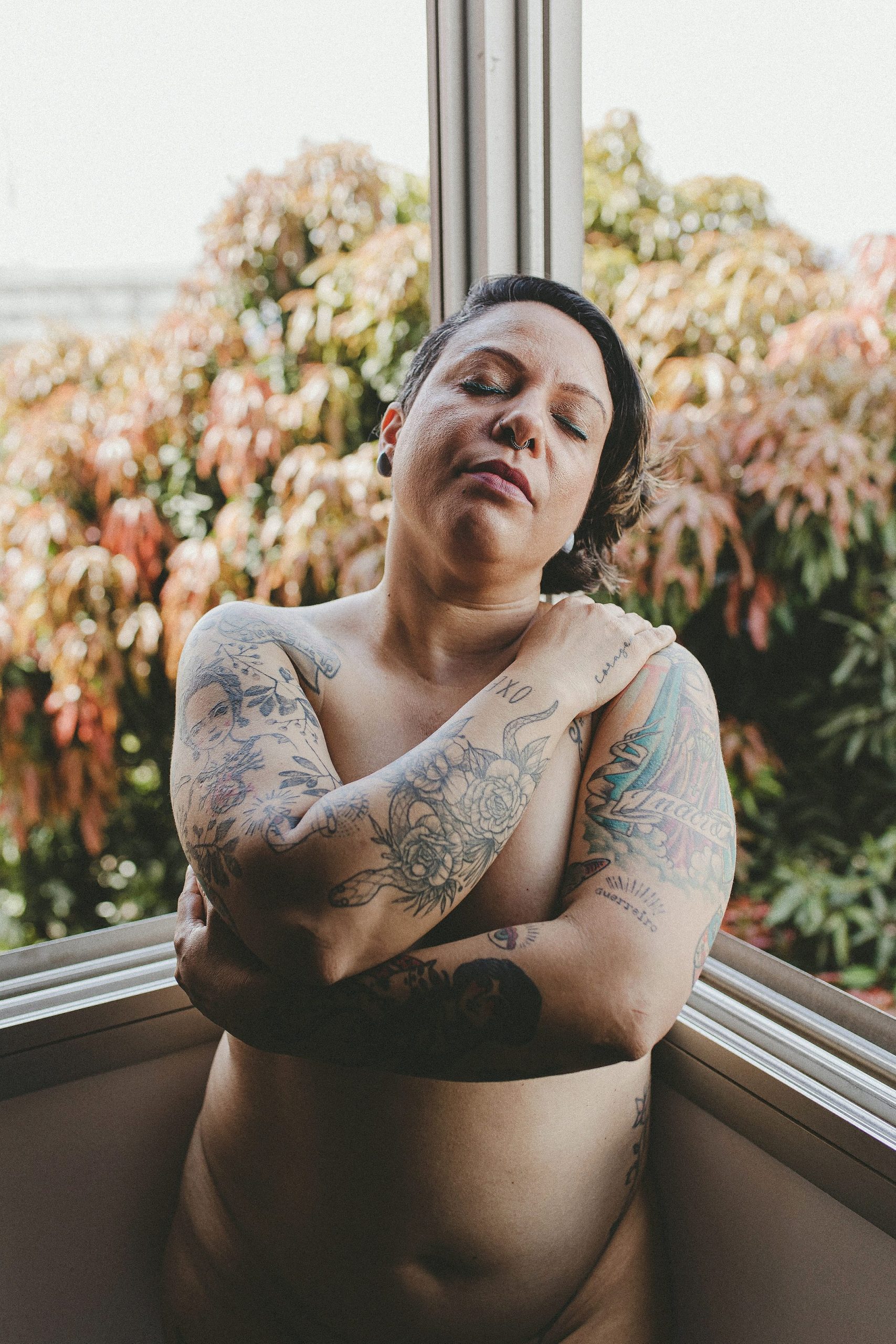Yoni massage and the practice of time.
I was recently asked to teach a course on yoni massage for a group of practitioners. This filled me with excitement for a few reasons.
The first is that I love to teach, and I love to inspire others, and the more I’m able to inspire you, the more inspired I get—and we all expand.
In this expansion, and in the teaching of this course—in putting any workshop or retreat together—I learn. And when I learn, I get more inspired to share. Even if it’s something I’ve been teaching for years, there are always new insights and understandings. Many of these come from the questions you ask, the discussions we have, and the practices, the practices, the practices. So much understanding emerges from the practices, which allows it to expand even further.
The second reason is that yoni massage is dear to me. My relationship with this practice goes back a long way, and it has been a journey of deep personal growth for me.
It’s become a practice of spirituality, of meditation, of connection, of healing, of energy, and of pleasure.
What’s interesting—and I’ve written more than a few pieces about this—is that it started out being a pleasure experience; that was the focus. Over time, this has changed into being more of an emotional experience, an energy experience, a heart experience, a prayer, a sacred experience, a healing experience, an offering, and more.
Pleasure can be a beautiful aspect of this experience, of yoni massage, and sometimes that’s vital, especially for women who have never experienced deep pleasure.
But there’s more. So much more.
As I was writing the self-practices I teach as part of the journey, as people heal themselves—and the healing is in their practice, in creating a connection, an intimacy with themselves—I saw how many expressions of yoni massage there are.
There’s pleasure massage—and even that has different expressions. There’s yoni holding, yoni release, heart-yoni connection, yoni throat and mouth connection, ligament release, trigger points, self-massage, and more.
There are so many possibilities, so many ways, and a path for everyone who wishes to explore.
I work in a framework of patterns: the patterns from the past, generational patterns, the patterns in our mind and in our bodies, the emotional and physical patterns, and the energy patterns. These patterns sit in the tissues of our body, and in this instance, the yoni.
When we work with expansion, with possibility, we’re allowing what’s stuck, what’s knotted in place, to open, to soften. And there are many ways for this to happen. The events and incidents that brought us to where we are happened in many ways. The complexity within us, the mystery that we are, means that there are—there have to be—many ways to have the experiences we’d like, to find the healing we’re looking for, the intimacy, the love, the pleasure.
Most women come to this journey looking for healing, which means so many different things. In this, it becomes important to see that there is not just one yoni massage.
When there has been trauma, when the body, the mind, and the heart have become contracted in pain, we need to allow that to release, to open, to soften—slowly. This means each person has different experiences, and the slowness is the absolutely vital element of teaching these practices that will really make this happen.
There’s an analogy I use a lot that’s connected to yoga:
It takes time to get to touch your toes. If you try and do that in one practice, you’ll hurt yourself.
The same can be said for yoni massage: if you go slowly, if you relax into your body, you’ll create an intimacy with your body. You’ll be able to go a little further each time, then a lot further.
And what’s so interesting is that along the way, you’ll get a different understanding, a different perspective on yourself, your body, your heart, your sexuality, and your pleasure.
One of these perspectives—this is so important—is the move from the goal to the experience.
And this is where some of the different yoni massage practices come in.
We have been deeply conditioned to believe that sex and pleasure are goal-oriented experiences—the goal being orgasm. This is the criterion by which we judge a pleasure experience to have been successful: you had an orgasm. And when a woman is not having orgasms, and when it’s taking a long time, the conditioning has become that something is wrong with her, and that she needs to be fixed.
When we look at the model of possibility and expansion, we begin to see that there are, in the field of pleasure, limitless possibilities to experience. The only way we can see this, and experience it, is when we can get out of the patterns we’re in—the patterns in the mind, the patterns in the body, and the patterns of belief—to allow ourselves a different experience.
When we do this slowly, when we experience, for example, yoni holding, something within us lets go, something opens, and so we go deeper. Everyone, every woman, will do this at their own pace—sometimes quicker, sometimes slower—the pace at which it happens doesn’t mean anything.
When we have different experiences available to us, we can allow this journey to happen in the way it needs.
 Share on bsky
Share on bsky


Read 1 comment and reply